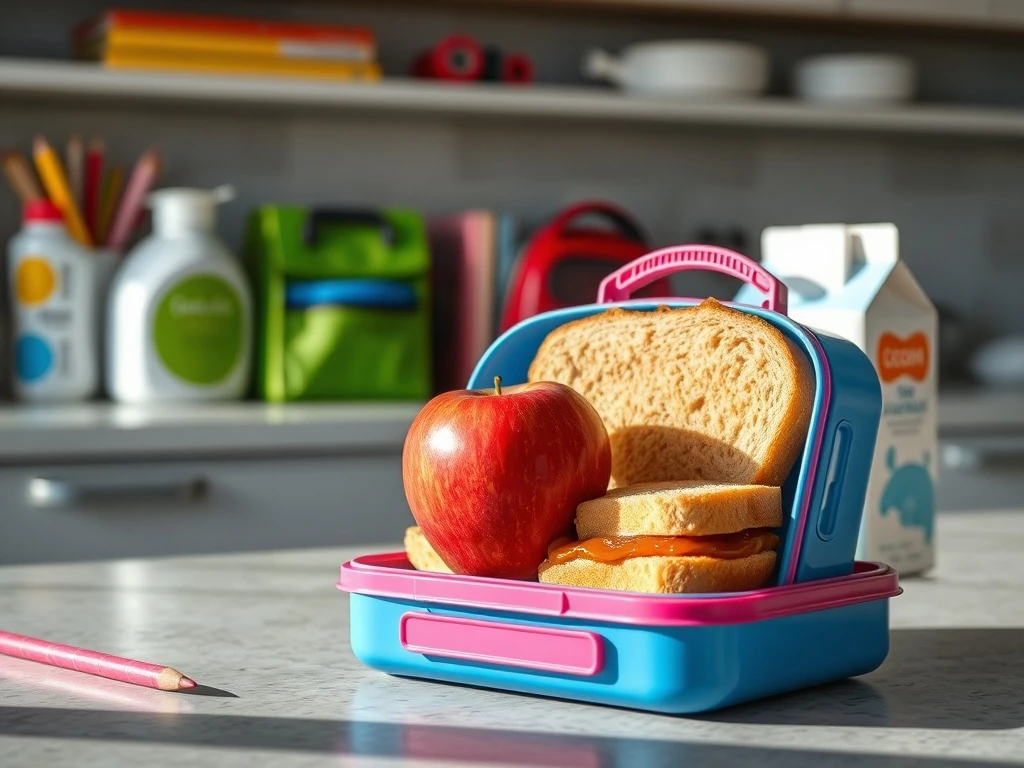American families face a harsh reality this back-to-school season as **school lunch costs** surge unexpectedly. Consequently, the humble PB&J lunch now demands 6% more from household budgets. This increase stems from complex economic factors that directly impact everyday consumers.
Understanding the School Lunch Costs Crisis
Recent data reveals troubling trends in food affordability. **School lunch costs** have climbed steadily over the past quarter. Multiple factors contribute to this concerning development. Families nationwide feel the pinch during back-to-school shopping.
Tariffs Impact on Food Prices
Trade policies significantly influence grocery expenses. Specifically, tariffs on imported goods increase production costs. These additional expenses eventually reach consumers. Manufacturers pass along higher raw material prices. Ultimately, supermarket shelves reflect these economic changes.
SNAP Reductions and Family Budgets
Nutrition assistance program changes compound the problem. Recent SNAP adjustments reduce purchasing power for many families. This creates additional pressure on food budgets. Low-income households face particular challenges. They must stretch limited resources further than before.
The PB&J Price Breakdown
The classic school lunch staple shows clear cost increases:
• Peanut butter prices rose 8%
• Jelly and preserves increased 5%
• Bread costs climbed 4%
• Packaging materials jumped 7%
Economic Policy Effects on Consumers
Government decisions directly affect household economics. Trade wars influence import costs. Agricultural policies impact domestic production. Nutrition program funding changes alter assistance levels. These interconnected factors create today’s challenging environment.
Long-Term Implications for Families
Sustained price increases threaten food security. Families may seek cheaper alternatives. Nutritional quality could suffer as a result. School meal programs face funding challenges. Community organizations report increased demand for assistance.
Navigating Higher Food Costs
Families employ various strategies to manage budgets. Bulk purchasing becomes more common. Generic brands gain popularity. Meal planning helps reduce waste. Community resources provide additional support during difficult times.
Frequently Asked Questions
Why did school lunch costs increase exactly 6%?
The 6% figure represents average cost increases across essential lunch components including bread, peanut butter, jelly, and packaging materials.
How do tariffs specifically affect peanut butter prices?
Tariffs on steel and aluminum increase manufacturing equipment costs. Additionally, tariffs on imported nuts raise raw material expenses for peanut butter producers.
What percentage of families rely on SNAP for school lunches?
Approximately 20% of American families with school-aged children participate in SNAP programs to supplement their food budgets.
Are there regions more affected by these cost increases?
Urban areas and regions with higher costs of living typically experience more significant impacts from food price increases.
What alternatives are families using to reduce lunch costs?
Many families now prepare larger batches of food, use more leftovers, and purchase store-brand products to control expenses.
Will these cost increases continue throughout the school year?
Economic analysts predict moderate continued increases though the rate may slow depending on trade policy developments and agricultural yields.






